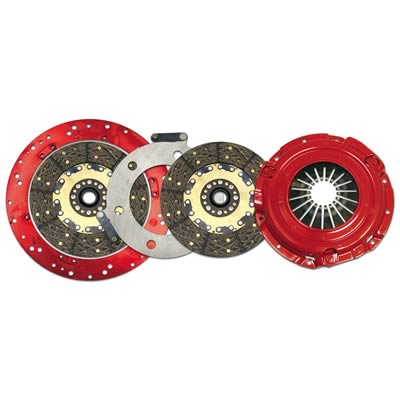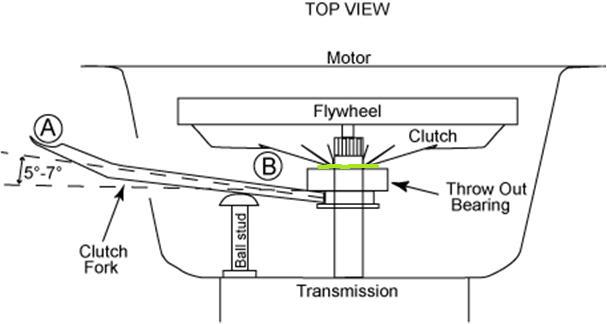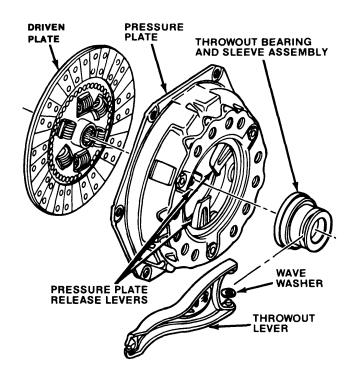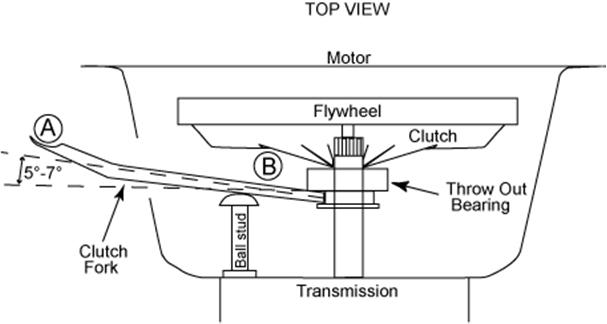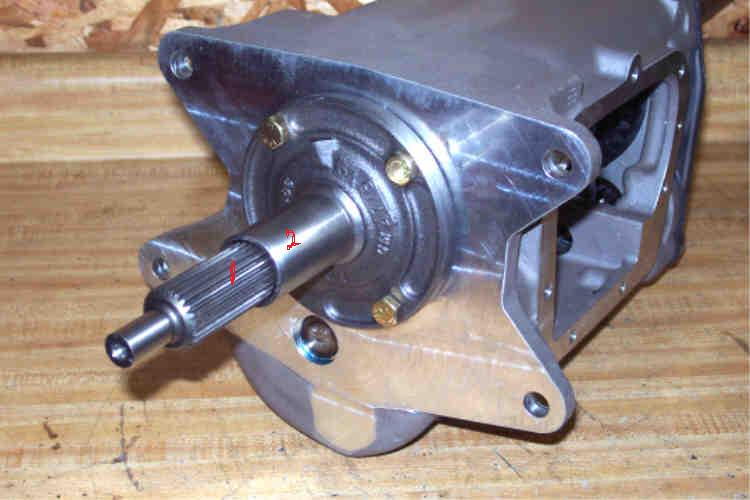About 30 years ago I was at our local rural post office getting my mail when a '67 Olds Delta 88 4 dr hardtop pulled up, smoking exhaust like a bad diesel, with Canadian plates. As the driver got out I commented on the car and that it probably had the 425 motor in it. The owner was impressed that I new the Olds cars and said it was for sale. He had just moved over from Canada and his wife decided she wanted a smaller car to drive around Maui. I said it looks like the motor is in bad condition, he said "make me an offer!"
I dug in my pocket and had $50, he said he'd take that! We did the paper work, I drove him home and took the Delta to my house. Did a compression check, it was solid on all eight. Pulled the valve covers off, the plastic oil seals had broken up, plugged the oil return holes, the oil was backing up in the valve covers and being sucked down the intake valve stems! New seals and it ran great for many years! It was our beach cruiser, put the kids, their buddies in the back seat, ice chest and beach gear in the trunk, surfboards on top, and off to the beach.
When the kids went off to college, the rust in the body was really getting bad, so parted it out, keeping the motor, th400 (switch pitch TC!) and rear end. Also other parts like the tilt/telescope steering column, steering box, radio (8 track), and sold off a lot of those parts.
When the 55 chevy 4dr fell into my lap, I decided to make an old style gasser out of it. I had helped one of my buddies convert his '59 F100 to a mustang 2 front suspension, and had the front axle from that, so whacked off the front of the chevy and went from there.
Always wanted a blown Olds, I also have a '57 motor, thought about converting that to a blower, but harder to get parts for that. So went with the 425, as I like the forged crank, the 7" rods, and the 4.155" x 3.975" (30 overbore) bore and stroke configuration. Also had a buddy who is a retired top fuel techie, who volunteered to port a pair of Edelbrock RPM Performer heads, he did a great job on that. With the 6/71 and a pair of 650's and 1:1 pulleys, Don Hampton said I should see 5 lbs boost. With those ported heads, the flow is so good I only see a max of 4 lbs. With the change to the 38/34 pulleys I am now seeing 7 lbs boost.
On the street driving it I never see full boost, it is just too much for the street tires, they spin, so most of the time driving it around it is around 15 inches of vacuum, running down as low as 5", and as high as 25" (going downhill on the highway at 3000 rpm with the throttle closed), so am thinking I will leave the 7 lb pulleys on and just drive it with 92 pump gas and stay out of the boost. With the 8:1 forged JE pistons and proper timing/advance curve, I should be ok.
If I want to get adventurous, I have 5 gallons of 117 octane race fuel stashed away, I'm thinking a blend of 1:5 with pump gas should allow the full 7 lbs boost with no preignition. That's what I used at the track when I burnt up the CenterForce clutch, and it seemed to like that combo. I was running 36 deg full advance at 3000, on a 20 deg curve, with 10 deg vacuum advance at idle, and no boost retard, and it seemed just fine! It's still running pretty rich though, want to try to take some of that out during cruise/vacuum running on the street, but make it go rich when coming up on boost.
A challenge.
Willy
